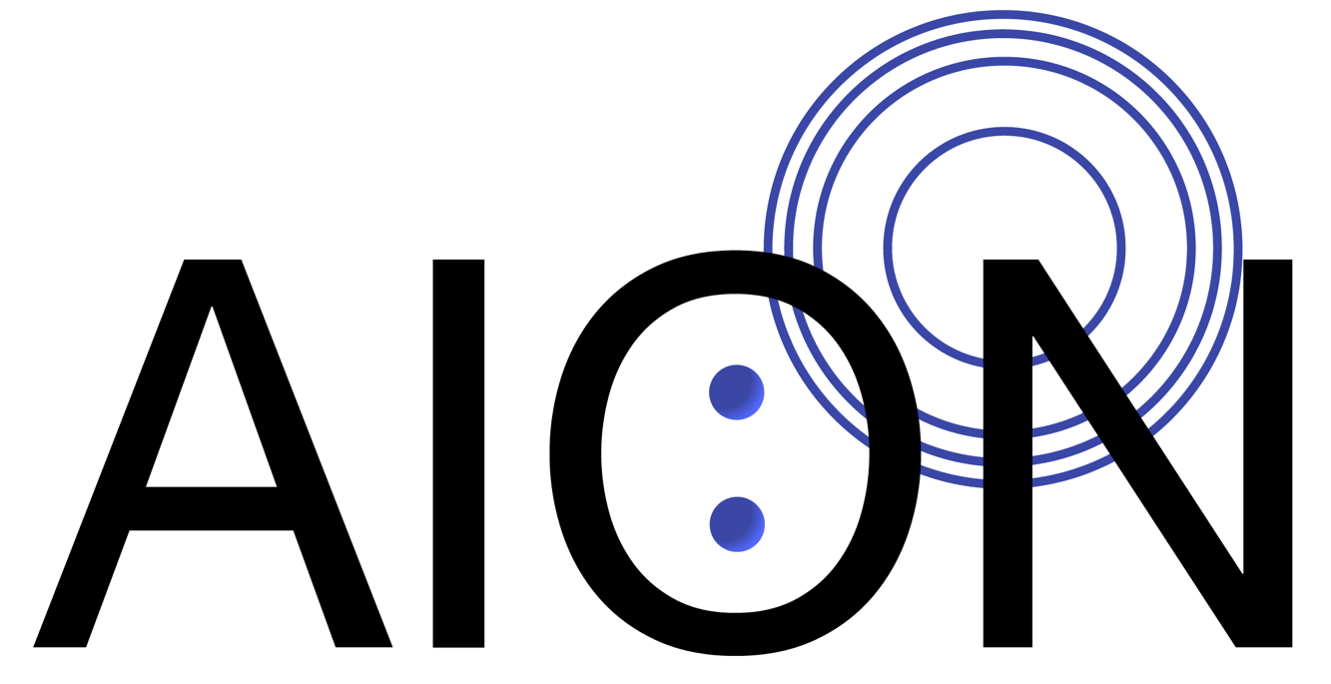Atom Interferometry - AION & MAGIS-100
In atom interferometry, a cloud of ultracold atoms is separated and the two components allowed to separately evolve before being recombined. Information on the difference in phase accumulated along each path is obtained from the resulting interference. This phase evolution is highly sensitive to small forces and changes in atomic transition frequencies, leading to established applications in gravimetry, inertial sensing and metrology. An emerging application of atom interferometry is to detection problems in astrophysics, cosmology and high energy physics.
Within Cambridge, we are working closely together with our colleagues from the high energy group (https://www.hep.phy.cam.ac.uk/AION).
AION
We are part of the AION collaboration that is developing a new experimental platform to perform interferometry with ultracold strontium atoms. In close collaboration with other UK universities, we will use the strontium clock transition to perform high-resolution interferometry on atoms in free flight. The long-term goals of this project include detection of mid-frequency gravitational waves, ultra-light dark matter, and other tests of fundamental physics, see:
AION: An Atom Interferometer Observatory and Network
L. Badurina et al. (AION Collaboration)
JCAP 05(2020), 011 (2020)
MAGIS-100
We are collaborating on the MAGIS-100 experiment in the US which is constructing a 100 m baseline atom interferometer in a vertical access shaft at Fermi National Accelerator Laboratory. Specifically, we are contributing to the design and implementation of FPGA data acquisition systems, computing and networking infrastructure, environmental monitoring systems, and the simulation and analysis of systematics and atom ensemble dynamics for long-baseline atom interferometry.
Matter-wave Atomic Gradiometer Interferometric Sensor (MAGIS-100)
M. Abe et al. (MAGIS-100),
Quantum Sci. Technol. 6, 044003 (2021)
The goal of the AION and MAGIS-100 collaborations is to create an international network of detectors to enhance the science reach of both experiments and provide a phased method for technology upgrade and optimisation while building towards larger terrestrial detectors. Cambridge is leading the effort in exploring this networking potential and joint data analysis.


